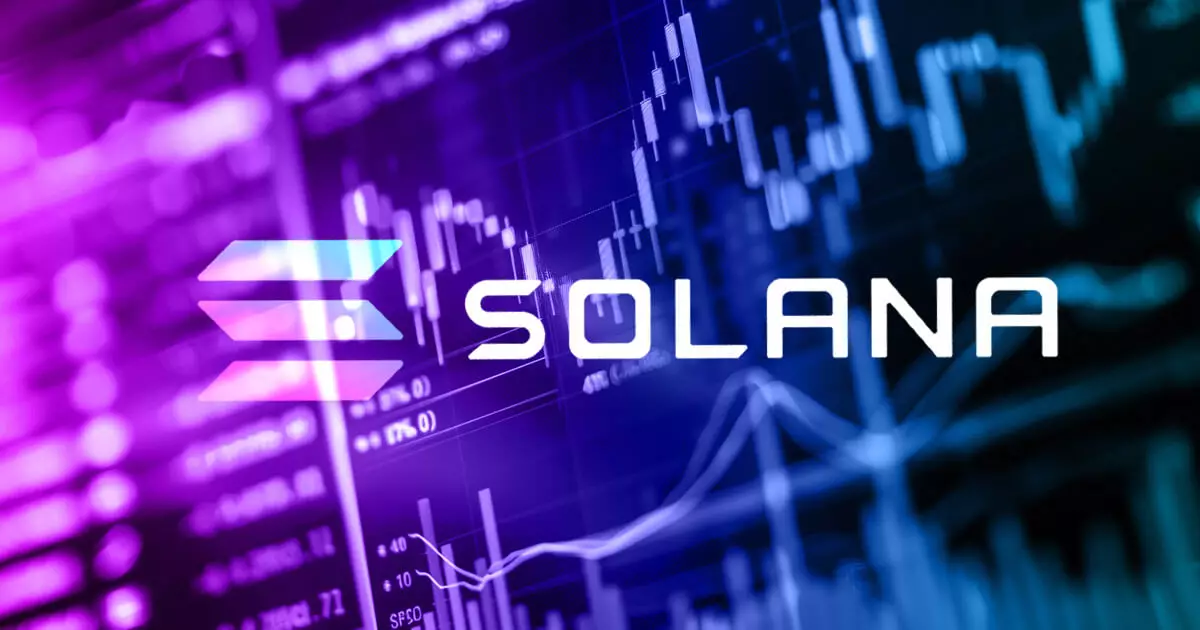The Solana network has recently experienced a significant milestone by outpacing Ethereum in monthly decentralized exchange (DEX) volume in July. According to DefiLlama data, Solana’s DEX transactions reached $55.8 billion, exceeding Ethereum’s $53.8 billion for the same period. This surge in volume marks Solana’s second-highest monthly volume, following March 2024‘s peak of $60.7 billion. The spike in Solana’s volume can be attributed to the increased activity on platforms like Raydium, Orca, and Phoenix. In contrast, Ethereum’s volume is predominantly driven by the Uniswap exchange.
Despite Solana’s impressive performance in DEX volume, Ethereum remains the leading DeFi platform, holding approximately 61% of the market and locking $67 billion in assets. On the other hand, Solana commands only 4.64% of the market, with a total value locked (TVL) of $5.16 billion. Analysts believe that the rise in memecoin activity has played a significant role in Solana’s increased DEX volume. The blockchain has witnessed a surge in various memecoins, ranging from cat-themed to politically inspired tokens, leading to increased liquidity as traders seek to capitalize on these assets.
Solana’s growth has also been fueled by institutional endorsements and speculation about a potential Solana exchange-traded fund (ETF). In June, prominent asset management firms VanEck and 21Shares applied with the US Securities and Exchange Commission (SEC) to launch a spot-based Solana ETF. Market analysts have observed a rise in the usage of stablecoins on Solana, with data from Allium on Visa’s stablecoin dashboard showing that the transaction volume for the USDC stablecoin on Solana has exceeded $8 trillion since the beginning of last year.
Concerns Over Wash Trading in Solana’s DEX Trading
Despite the positive developments, Solana’s recent surge in DEX trading has raised concerns about potential wash trading. A report by the pseudonymous crypto analyst Flip Research revealed that 93% of transactions on the blockchain are inorganic. The report suggested that Solana’s daily transactions are heavily influenced by wash trading, MEV bots, and scams, offering minimal value to retail traders. Flip Research highlighted that the majority of wallets involved in these transactions appear to be bots within the same network, generating fake volumes independently.
Solana’s rise in DEX volume signals a growing interest in the network, driven by factors such as memecoin activity, institutional endorsements, and stablecoin usage. However, concerns about wash trading raise questions about the credibility of the volume figures reported. It will be interesting to see how Solana addresses these challenges and continues to grow in the competitive DeFi landscape.

